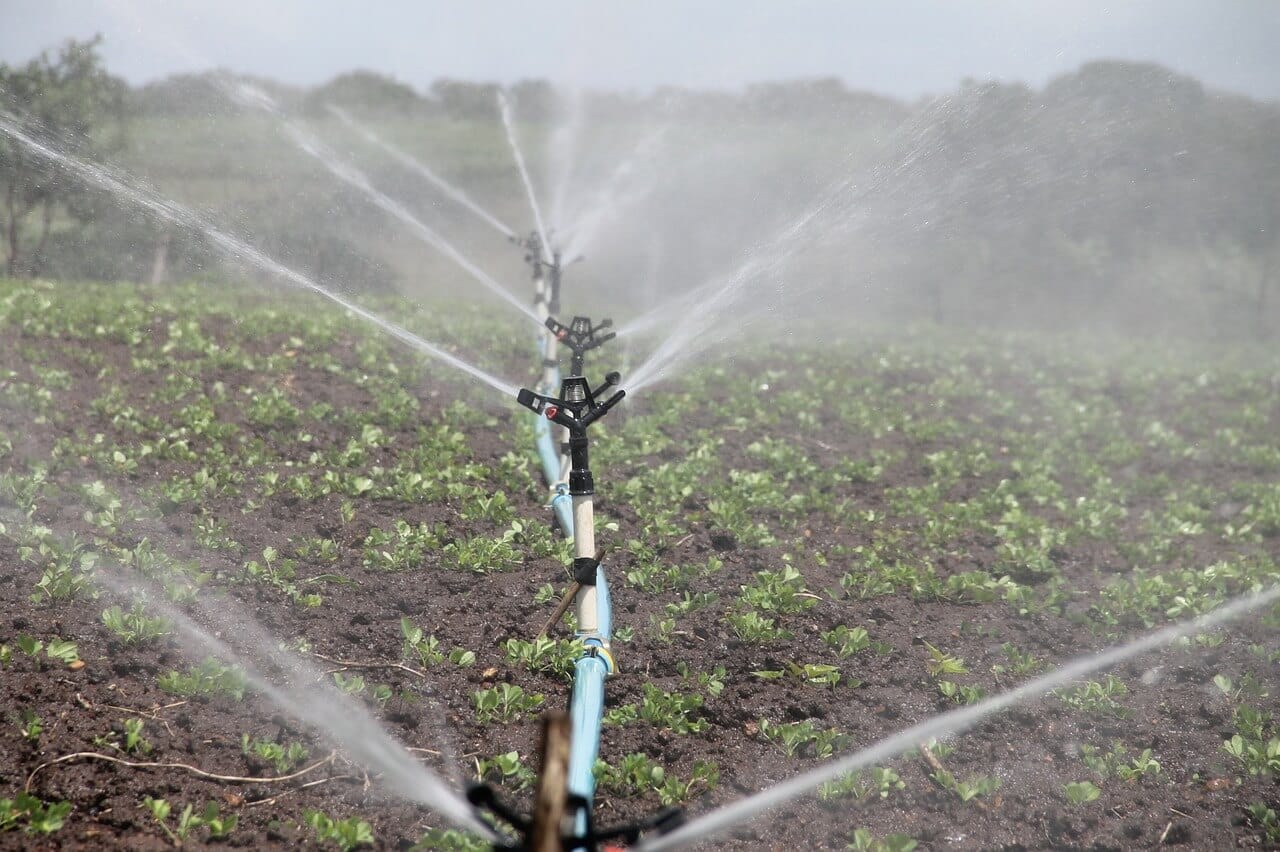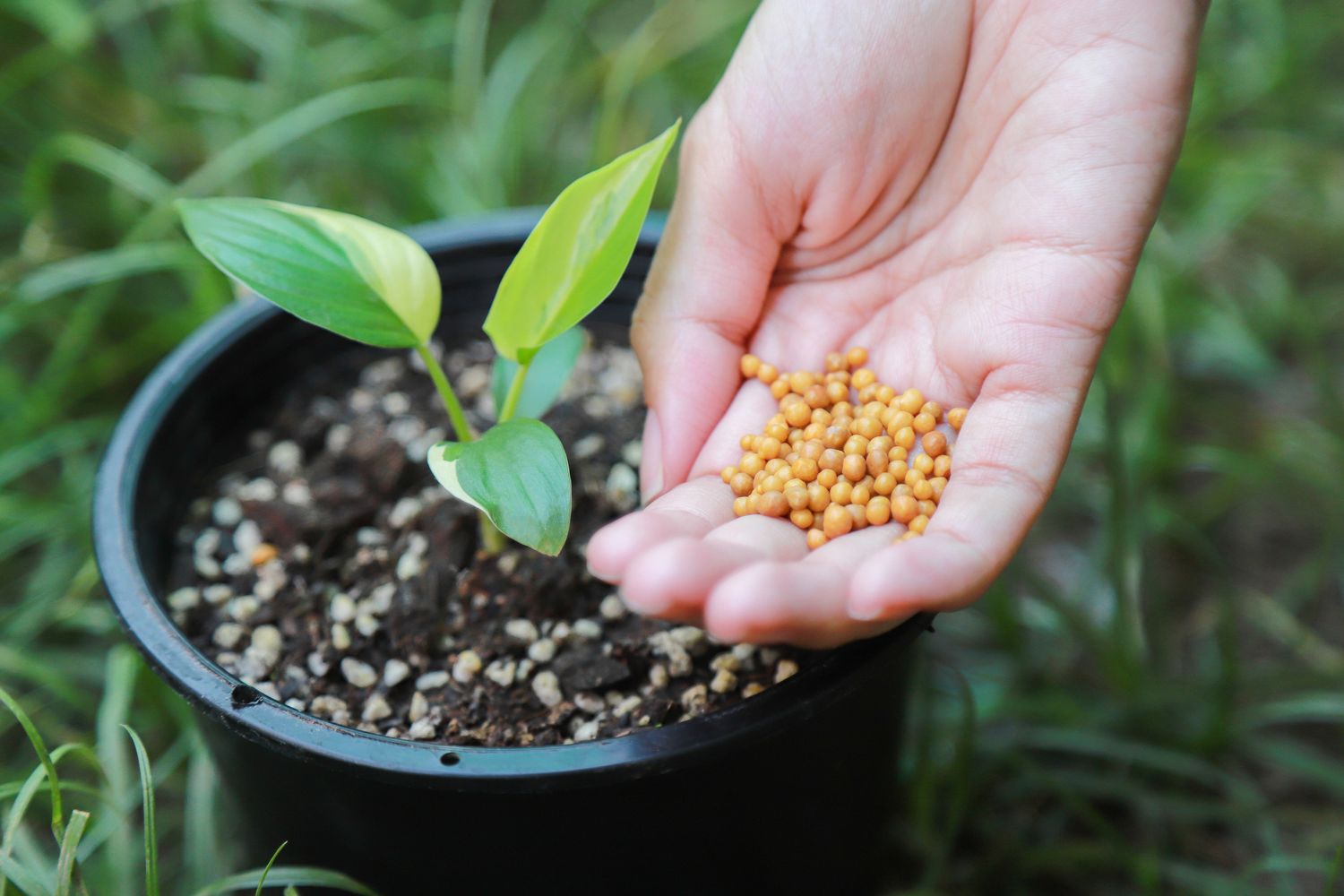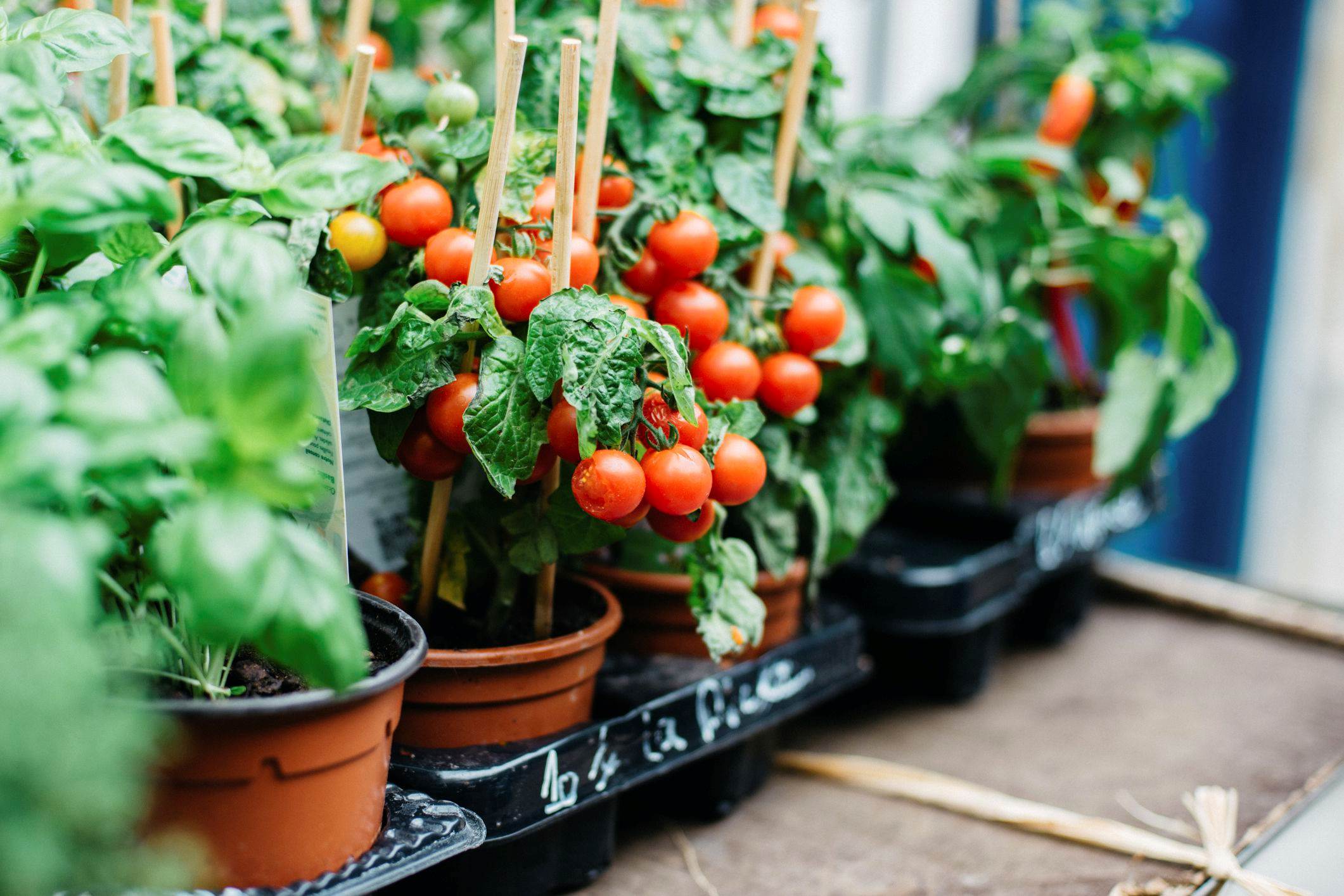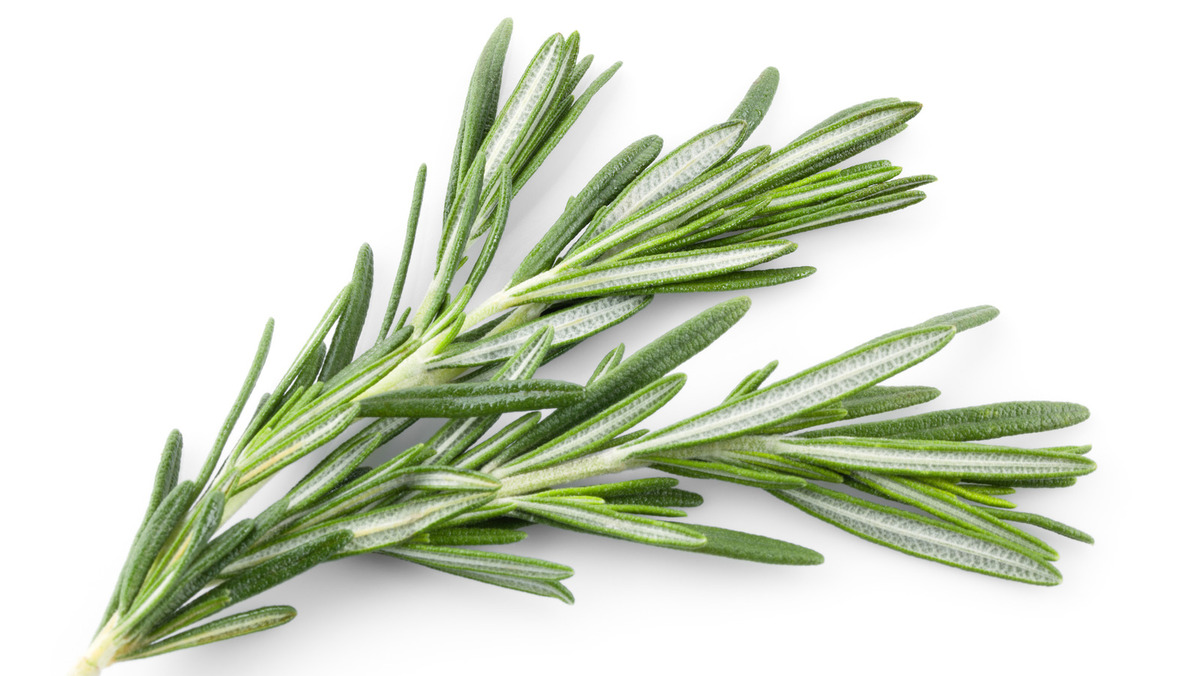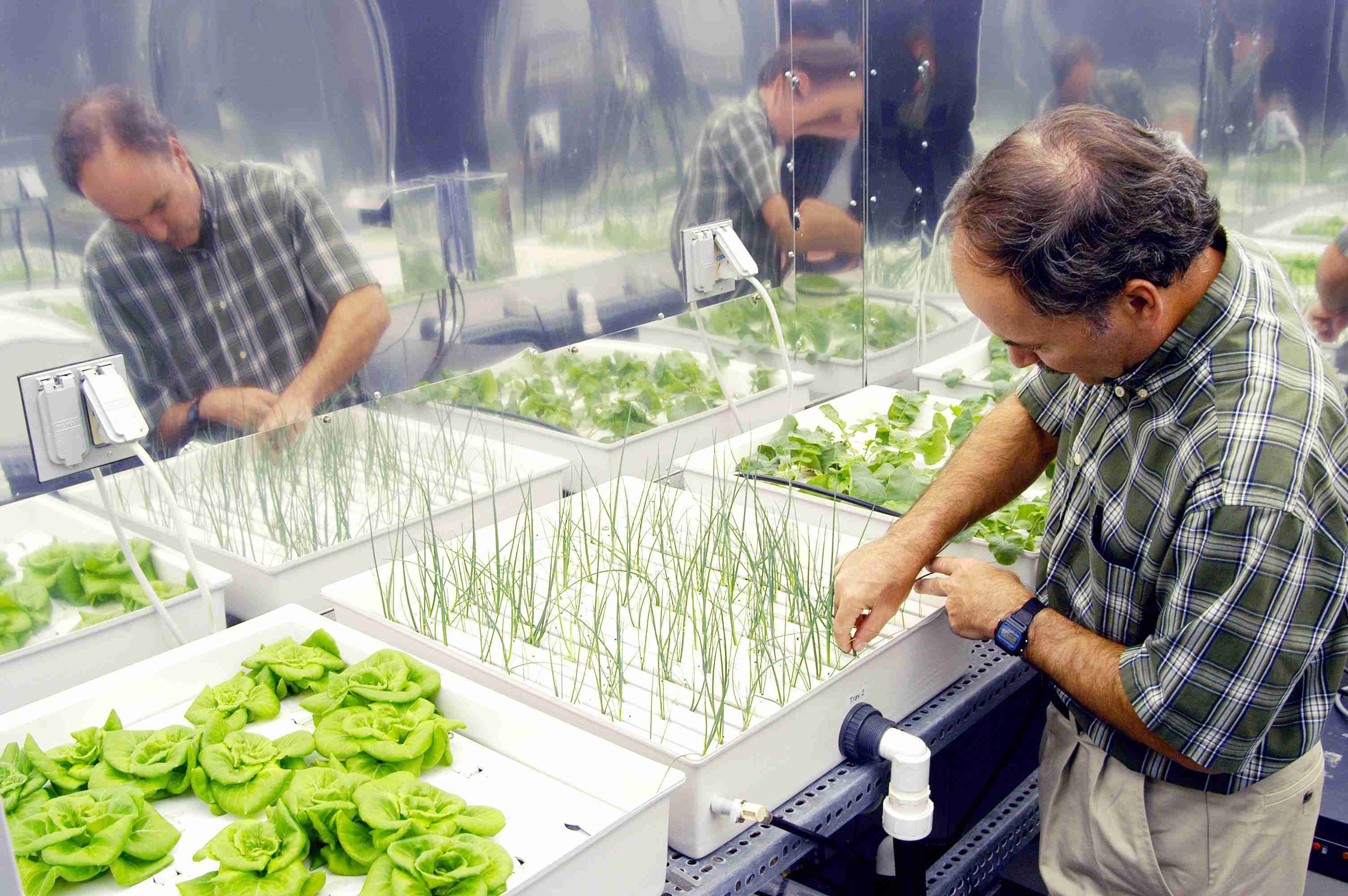Home>Gardening Basics>Understanding Soil>What Are The Soil Types


Understanding Soil
What Are The Soil Types
Published: February 9, 2024
Learn about the different soil types and their characteristics. Gain a better understanding of soil composition and its impact on plant growth.
(Many of the links in this article redirect to a specific reviewed product. Your purchase of these products through affiliate links helps to generate commission for Chicagolandgardening.com, at no extra cost. Learn more)
Introduction
Soil is a fundamental component of the Earth's ecosystem, playing a crucial role in supporting plant life and sustaining terrestrial biodiversity. It is a complex and dynamic mixture of minerals, organic matter, water, and air, forming a medium in which plants anchor their roots and obtain essential nutrients. Understanding the different types of soil is vital for agricultural, environmental, and engineering purposes, as it influences water retention, drainage, fertility, and the overall health of ecosystems.
In this comprehensive guide, we will explore various soil types, ranging from sandy and silty to clayey and peaty soils, shedding light on their unique characteristics, compositions, and uses. By delving into the distinct properties of each soil type, we can gain a deeper understanding of how they impact plant growth, water management, and land use. Whether you are a gardening enthusiast, a farmer, or simply curious about the natural world, this exploration of soil types will provide valuable insights into the diverse and dynamic nature of the Earth's crust.
Sand
Sand is one of the most common soil types, characterized by its gritty texture and large particle size. It is primarily composed of quartz and other minerals, often resulting from the weathering and erosion of rocks. Due to its coarse nature, sand offers excellent drainage properties, allowing water to permeate quickly through the soil. While this can be advantageous for preventing waterlogging, it also means that sand has low water retention capacity, requiring more frequent irrigation in agricultural settings.
One of the key benefits of sandy soil is its ability to warm up quickly in the spring, making it suitable for early planting and promoting seed germination. However, its rapid drainage can lead to leaching of nutrients, necessitating regular fertilization to maintain soil fertility. In terms of aeration, sand provides ample oxygen to plant roots, supporting healthy growth and reducing the risk of root rot.
Although sandy soil is well-suited for certain crops such as root vegetables, it may pose challenges for cultivating moisture-loving plants or sustaining high-yield agriculture without proper amendments. Nonetheless, when managed effectively with organic matter and appropriate irrigation techniques, sandy soil can be harnessed to achieve productive and sustainable agricultural outcomes.
Silt
Silt is a fine-grained soil type with particles smaller than sand but larger than clay, offering a balance of properties that can be advantageous for various agricultural and construction purposes. It is typically formed through the erosion and deposition of mineral particles, often carried by water and deposited in areas such as riverbanks and floodplains. One of the defining characteristics of silt is its smooth texture, which allows it to retain moisture more effectively than sandy soil while still providing good drainage.
Due to its ability to hold onto moisture, silt soil is known for its fertility, making it suitable for supporting a wide range of crops. Its fine particles create a favorable environment for root development and nutrient uptake, contributing to healthy plant growth. Additionally, silt soils are less prone to erosion compared to sandy soils, offering better stability for agricultural land and construction sites.
However, silt soil can present challenges related to compaction, especially when subjected to heavy machinery or foot traffic. This compaction can hinder root penetration and water infiltration, impacting overall soil health and crop productivity. Therefore, proper soil management techniques, such as regular aeration and organic matter incorporation, are essential for maintaining the structural integrity and fertility of silt soil.
Overall, silt soil occupies a valuable middle ground between the extremes of sand and clay, providing a versatile foundation for agricultural activities and land development projects. By understanding its unique characteristics and implementing appropriate soil conservation practices, individuals and industries can harness the potential of silt soil while mitigating potential challenges associated with its composition.
Clay
Clay soil is renowned for its fine texture and high levels of nutrient retention, making it a significant soil type with both advantageous and challenging properties. Composed of extremely small mineral particles, clay soil exhibits excellent water and nutrient retention capabilities, providing a fertile environment for plant growth. However, its dense composition also presents difficulties related to drainage and aeration, which can impact agricultural productivity and construction endeavors.
One of the defining characteristics of clay soil is its ability to hold onto moisture for extended periods, which can be beneficial during dry spells but may lead to waterlogging in wet conditions. This water retention capacity can be advantageous for certain crops, especially those requiring consistent moisture, but it also necessitates careful management to prevent adverse effects on plant health. Additionally, the compact nature of clay soil can limit root development and oxygen availability, potentially impacting the overall vigor of plants.
Despite its challenges, clay soil offers significant benefits in terms of its fertility and ability to support a diverse range of crops. With proper soil management practices, such as incorporating organic matter and implementing targeted drainage solutions, the productivity of clay soil can be optimized while mitigating potential drawbacks. Furthermore, clay soil plays a crucial role in construction and engineering, providing a stable foundation for infrastructure projects and contributing to the overall geotechnical landscape.
By understanding the unique properties of clay soil and adopting tailored approaches to soil conservation and management, individuals and industries can harness its potential while addressing its inherent limitations. With the right strategies in place, clay soil can be transformed into a fertile and resilient medium for sustainable agriculture and construction activities.
Loam
Loam soil is often regarded as the ideal soil type for agricultural and gardening purposes due to its balanced composition and favorable properties. It is a combination of sand, silt, and clay, offering a harmonious blend of drainage, moisture retention, and nutrient availability. This versatile soil type provides an optimal environment for plant growth, allowing for robust root development and efficient nutrient uptake.
One of the key advantages of loam soil is its excellent water retention capacity, ensuring that plants have access to moisture while preventing waterlogging. This feature, combined with its good drainage properties, makes loam soil suitable for a wide range of crops and gardening endeavors. Additionally, the balanced mixture of sand, silt, and clay in loam soil provides ample aeration for plant roots, promoting healthy growth and minimizing the risk of soil compaction.
Loam soil is known for its fertility, as it offers a rich supply of nutrients and organic matter, supporting thriving ecosystems and bountiful harvests. Its versatility makes it well-suited for various agricultural practices, from cultivating fruits and vegetables to nurturing ornamental plants and landscaping. Furthermore, loam soil serves as a foundation for sustainable land use, contributing to the conservation of natural resources and the preservation of biodiversity.
Given its exceptional characteristics, loam soil is highly valued in both agricultural and horticultural contexts, providing an ideal medium for cultivating diverse plant species and promoting soil health. By leveraging the inherent benefits of loam soil and implementing appropriate soil management techniques, individuals and communities can create vibrant and productive landscapes while fostering environmental sustainability.
Peat
Peat soil, also known as peaty soil, is a unique soil type characterized by its high organic matter content, derived from the accumulation of partially decomposed plant material in waterlogged conditions. This distinctive composition gives peat soil its dark, fibrous texture and acidic nature, shaping its properties and applications in various environmental and agricultural contexts.
One of the defining features of peat soil is its exceptional water retention capacity, serving as a natural sponge that can hold large amounts of moisture. This characteristic makes peat soil valuable for horticultural and agricultural purposes, especially in regions with limited water availability. Additionally, the acidic nature of peat soil can influence the availability of nutrients to plants, requiring specific management strategies to optimize soil fertility and support healthy plant growth.
Peat soil plays a crucial role in carbon sequestration, as the accumulation of organic matter over time results in the storage of carbon within the soil. This makes peatlands significant in mitigating climate change by acting as carbon sinks, capturing and storing atmospheric carbon dioxide. However, the extraction and drainage of peatlands for agricultural and commercial purposes can release stored carbon into the atmosphere, contributing to greenhouse gas emissions and environmental degradation.
While peat soil offers unique benefits, its conservation and sustainable management are essential to preserve the ecological functions of peatlands and minimize the associated environmental impacts. By recognizing the value of peat soil in carbon storage, water regulation, and biodiversity conservation, efforts can be directed toward safeguarding these vital ecosystems and promoting responsible peatland utilization.
Chalky Soil
Chalky soil, also referred to as alkaline soil, is characterized by its high concentration of calcium carbonate, derived from the remains of marine organisms and geological processes. This unique composition influences the properties and suitability of chalky soil for various agricultural and horticultural endeavors, shaping its interactions with plant life and ecosystem dynamics.
One of the distinctive features of chalky soil is its alkaline pH, which can impact the availability of certain nutrients to plants. While this alkalinity may pose challenges for the cultivation of acid-loving plants, it can be advantageous for species that thrive in alkaline conditions. Additionally, the free-draining nature of chalky soil contributes to its suitability for growing a variety of crops, as it minimizes the risk of waterlogging and supports healthy root systems.
Chalky soil is known for its excellent structure, providing good aeration and root penetration for plants. However, its high calcium content can also lead to issues such as nutrient imbalances and restricted availability of certain micronutrients. Therefore, careful soil management and targeted fertilization are essential for optimizing the fertility and productivity of chalky soil, ensuring that it remains conducive to diverse plant species and sustainable agricultural practices.
Despite its challenges, chalky soil offers unique opportunities for viticulture, as it provides favorable conditions for growing grapes and producing high-quality wines. The well-drained nature of chalky soil, combined with its mineral composition, contributes to the distinctive terroir and flavor profiles associated with wines produced in chalk-rich regions.
By understanding the specific characteristics and requirements of chalky soil, individuals involved in agriculture, horticulture, and viticulture can leverage its potential while addressing its inherent limitations. Through targeted soil management practices and informed crop selection, chalky soil can be harnessed to create thriving ecosystems and support the cultivation of specialty crops with unique flavor profiles and market appeal.
Silty Soil
Silty soil is a fine-textured soil type that falls between the coarser sand and the finer clay in terms of particle size. It is composed of silt particles, which are smaller than sand but larger than clay, lending it unique properties that influence its suitability for various agricultural and construction applications.
One of the notable characteristics of silty soil is its smooth, flour-like texture, which allows it to retain moisture while still providing good drainage. This balance makes silty soil fertile and conducive to supporting healthy plant growth, as it offers adequate aeration for plant roots while holding onto essential moisture. Additionally, the fine particles of silty soil create a stable structure that resists compaction, providing a favorable environment for root development and nutrient uptake.
While silty soil offers advantages in terms of fertility and workability, it also presents challenges related to erosion and water management. Due to its fine texture, silty soil is susceptible to erosion by wind and water, necessitating appropriate soil conservation measures to maintain its integrity and prevent soil loss. Furthermore, its moisture retention capacity can lead to waterlogging in poorly drained areas, requiring strategic land management practices to optimize agricultural productivity.
When managed effectively, silty soil can be harnessed to support a wide range of crops and land uses, contributing to sustainable agricultural practices and environmental stewardship. By implementing targeted soil conservation techniques and leveraging the inherent fertility of silty soil, individuals and communities can cultivate thriving ecosystems and promote the long-term viability of agricultural landscapes.
Sandy Soil
Sandy soil is characterized by its coarse, gritty texture and large particle size, setting it apart from finer soil types such as silt and clay. Composed primarily of quartz and other minerals, sandy soil offers unique properties that influence its suitability for various agricultural and environmental applications.
One of the defining characteristics of sandy soil is its excellent drainage capability, allowing water to permeate quickly through the soil. This feature makes sandy soil well-suited for regions with high rainfall, as it minimizes the risk of waterlogging and provides a favorable environment for plant roots. However, the rapid drainage of sandy soil also means that it has low water retention capacity, requiring more frequent irrigation to sustain plant growth, especially during dry periods.
While sandy soil may pose challenges related to nutrient retention and water management, it offers benefits in terms of warmth and aeration. Sandy soil warms up quickly in the spring, promoting early planting and seed germination, and provides ample oxygen to plant roots, supporting healthy growth and reducing the risk of root diseases associated with waterlogged conditions.
When managed effectively through the incorporation of organic matter and targeted irrigation practices, sandy soil can be harnessed to support a variety of crops and land uses. Additionally, its natural characteristics make it suitable for constructing engineered drainage systems and promoting sustainable water management in agricultural and environmental settings.
By understanding the specific properties and requirements of sandy soil, individuals involved in agriculture, landscaping, and environmental management can leverage its potential while addressing its inherent limitations. Through informed soil management practices and tailored crop selection, sandy soil can be utilized to create resilient ecosystems and support sustainable land use practices.
Clayey Soil
Clayey soil is characterized by its fine texture and high levels of nutrient retention, making it a significant soil type with both advantageous and challenging properties. Composed of extremely small mineral particles, clayey soil exhibits excellent water and nutrient retention capabilities, providing a fertile environment for plant growth. However, its dense composition also presents difficulties related to drainage and aeration, which can impact agricultural productivity and construction endeavors.
One of the defining characteristics of clayey soil is its ability to hold onto moisture for extended periods, which can be beneficial during dry spells but may lead to waterlogging in wet conditions. This water retention capacity can be advantageous for certain crops, especially those requiring consistent moisture, but it also necessitates careful management to prevent adverse effects on plant health. Additionally, the compact nature of clayey soil can limit root development and oxygen availability, potentially impacting the overall vigor of plants.
Despite its challenges, clayey soil offers significant benefits in terms of its fertility and ability to support a diverse range of crops. With proper soil management practices, such as incorporating organic matter and implementing targeted drainage solutions, the productivity of clayey soil can be optimized while mitigating potential drawbacks. Furthermore, clayey soil plays a crucial role in construction and engineering, providing a stable foundation for infrastructure projects and contributing to the overall geotechnical landscape.
By understanding the unique properties of clayey soil and adopting tailored approaches to soil conservation and management, individuals and industries can harness its potential while addressing its inherent limitations. With the right strategies in place, clayey soil can be transformed into a fertile and resilient medium for sustainable agriculture and construction activities.
